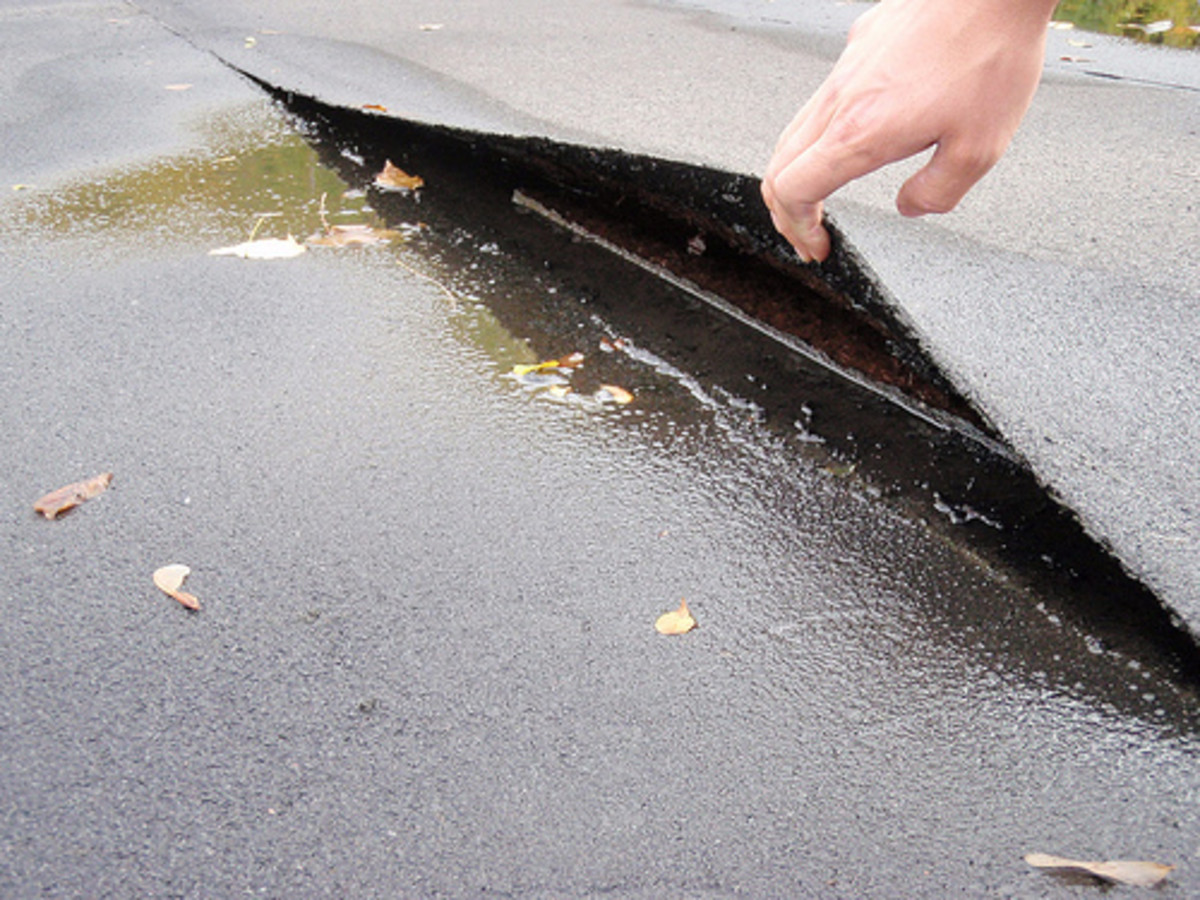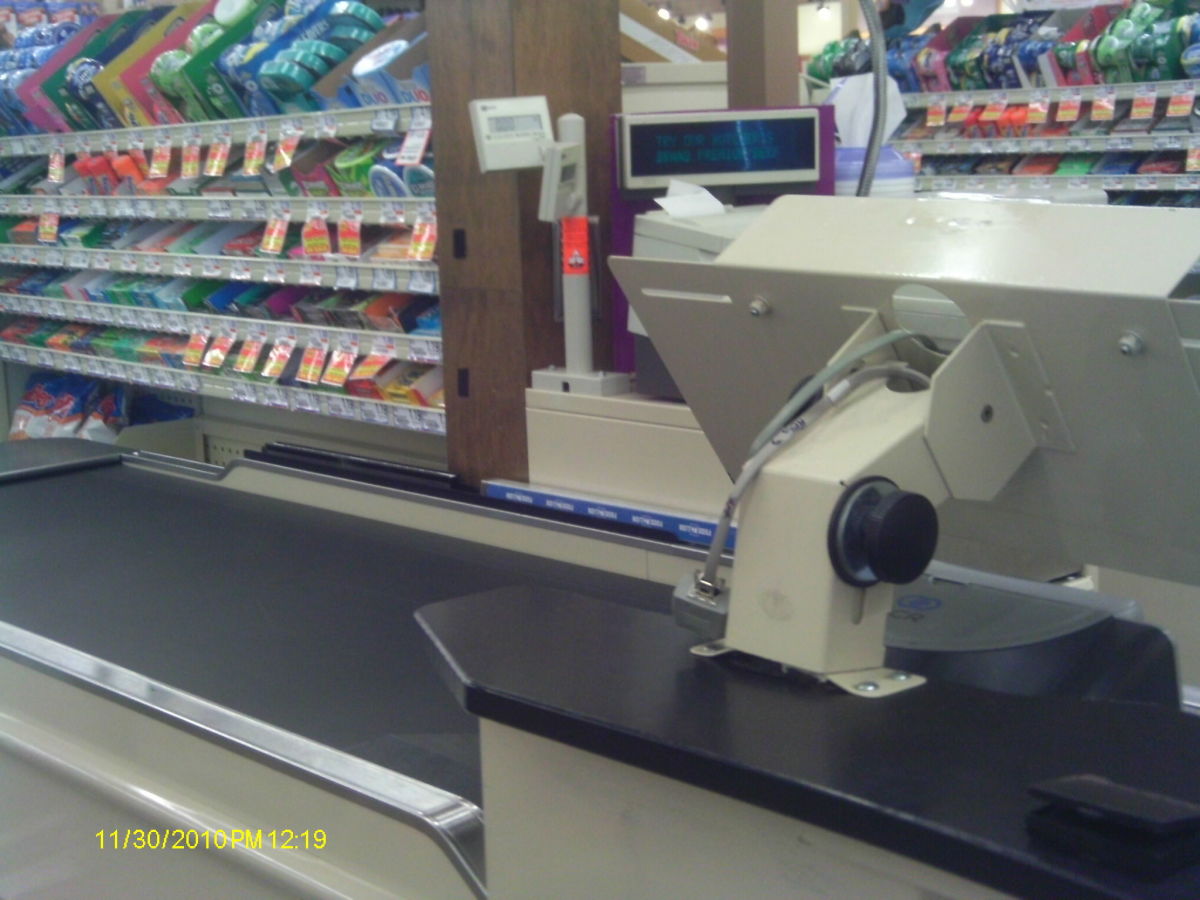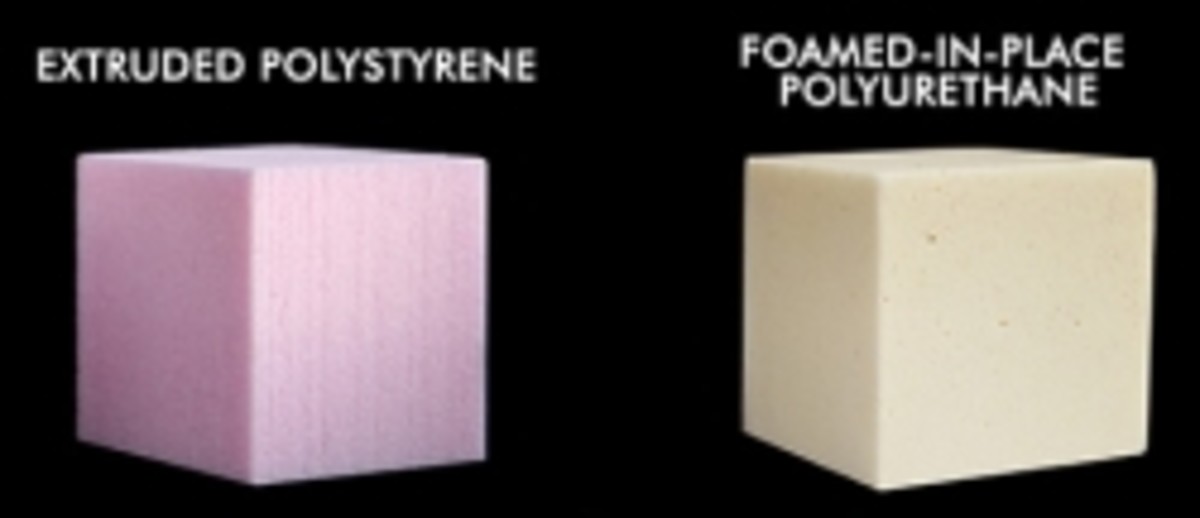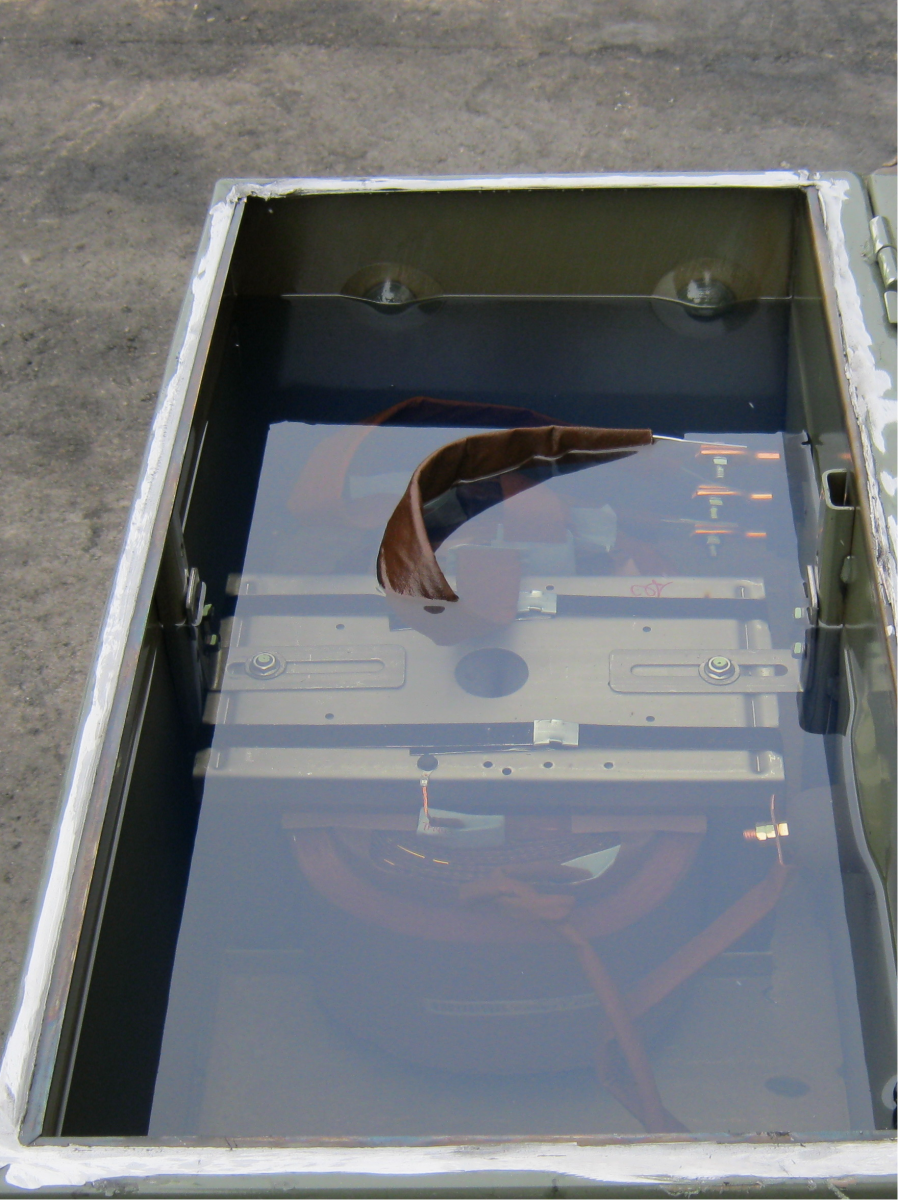Roof Insulation-- Using Umbrella effect
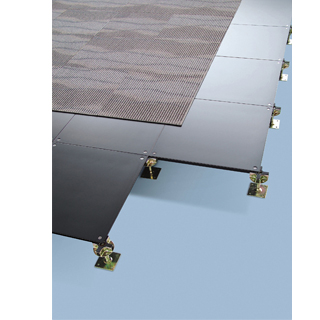
If we google the term ‘roof insulation’, we will find numerous products for insulation. But what we in hot regions fail to understand is that almost all such products are designed to insulate against 'cold weather' and not the 'hot weather'. For insulating against cold, one needs 'padding', but for insulating against heat, all one needs is to block the sun-rays, which is the only cause of heat transmission.
In winters we buy a 'padded jacket' but in summer; what we need is an 'umbrella' to protect us from the sun, which is the only source of heat. No rocket science or state of the art insulating material is required to block the sun. Unfortunately most home owners, as well as building industry professionals in hot regions, fail to realize the fact.
Roofs are responsible for absorbing the bulk of heat in any building. Almost 80% of heat is conducted into the top floor of a building through the roof. The question is how to provide a shade for the roof? But before discussing this, we need to first go through the question that comes before-- which is; why to insulate at all?’.
WHY TO INSULATE
Insulation is required in both 'air-conditioned' and 'ventilated environments'. In case of air conditioned premises, insulation serves as an excellent energy saving measure. The temperature of a concrete roof exposed to sunlight, gets several degrees higher than the normal atmospheric temperature and thus, act as a 'heating coil' of a heater. The compressor of an air condition has to run almost continuously to brind down the temperature of the ceiling, a race which an air conditioner can hardly win, as constant sunlight is a source of constant heat. Concrete roofs may take several hours to cool down, even after the sun sets. All this causes huge losses in terms of energy, resulting in inflated electricity bills. In case of air-conditioned premises, the cost of insulation is usually recovered within a year or so.
In non air-conditioned or ventilated premises, insulation can bring down the temperature inside the building to under body temperature (36.8 C or 98.5 F), thus making living conditions bearable. Please keep in mind that a single degree over body temperature makes the environment considerably uncomfortable. This is like a single degree fever can make you feel ill. You feel perfectly all right when the body temperature is 98.5 F but when it reaches 99.5 F, you start to feel lethargic so, anything above body temperature start making you feel hot.
HOW TO BLOCK THE SUN AND PROVIDE SHADE TO ROOFS
As I said; that no rocket science is required in insulating against heat and all what is required is to block the sun-rays. In olden days, when the homes were smaller and plots were bigger, people use to plant trees around constructed area to provide shade. You may find such old homes today with old and tall trees surrounding the homes.
In present times the commercial buildings as well as residential ones are built on smaller plots of land with no room to plant trees around to provide an umbrella effect. Also that the height of buildings (especially commercial ones), makes it impossible for trees to provide shelter.
In such cases a system is required to provide shade. This can be easily achieved by something called 'Raised Flooring'. Raised flooring was actually invented to conceal wires and cable network in office floors which can be easily made to run under it. But it can be used for another function; which is to block the sun rays from falling directly over the roof surface. How it can be installed is visible in the above picture. Just make sure that the tile material is 'UV resistant' and can survive the sun.
During my waterproofing career, what I noticed is that people installed some fancy insulating systems over the roofs, and then covered them with 4 inch thick mortar (C2). Since this mortar was not laid over rigid ground/substrate, it developed cracks allowing water to reach the insulating material and soaking it. Thus the insulating material lost its insulating ability as the 'R-value' of the insulating material becomes irrelevant and that of water becomes relevant in such cases. Water off-course is not a bad conductor(good insulation material) and thus the purpose of insulating material dies-- and the insulation system fails.
Another Option:
Another option is to put a 3 inch layer-- of 3/4 inch size crush, which is used in concreting also. The crush will prevent the sun-rays from reaching the surface of the roof. The upper pieces of crush will off-course get heated by the sun but since they are resting over corners involving less surface area, they will not be passing on much heat to the crush layer underneath.
BENEFITS OF USING 'RAISED FLOORING' FOR INSULATION PURPOSE: Moreover; raised flooring has many other benefits that are not possible with other insulating techniques which are used in the industry today in countries like Pakistan. For example:
- Raised flooring is the best option in old buildings where water lines on the roof does not allow the application of other insulating systems. Almost all multi-storied commercial buildings have a complex network of water and air-conditioner pipes over the roof.
- Raised flooring is off-course much cheaper in cost as compared to other options as it does not require any civil works.
- Raised flooring can be a good option for tenants. Usually the landlords refuse to spend on insulation but in this case the tenants can lay the raised flooring themselves to save on Air-conditioning cost and remove at the time they leave premises. The raised flooring can be re-used on new premises or can be sold.
- In case of other options, all water pipes and air-conditioning ducts need to be dismantled and then lay over again on top of insulation and screading. In Raised flooring, they can be easily concealed under the flooring without any civil work.

